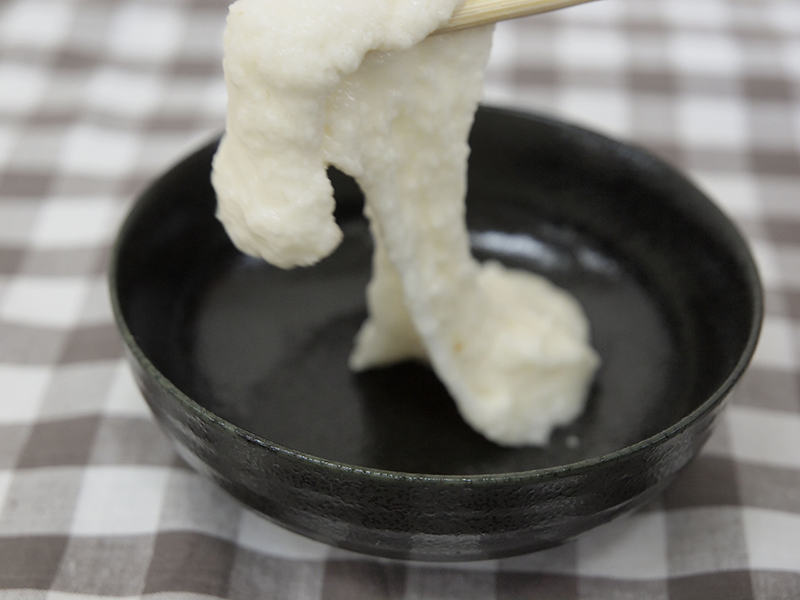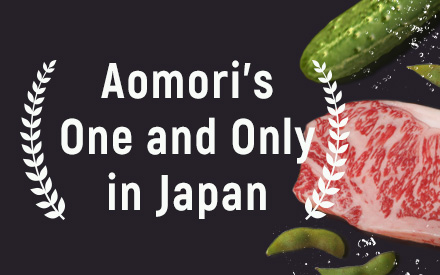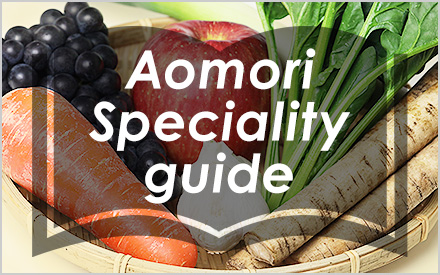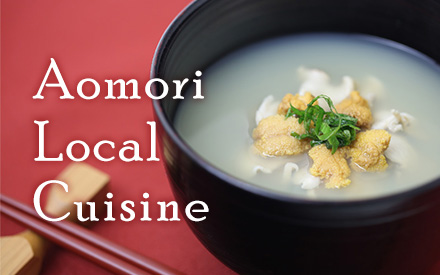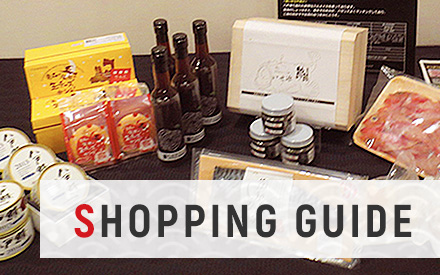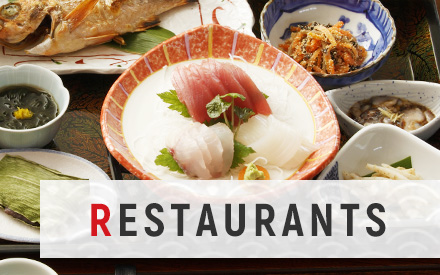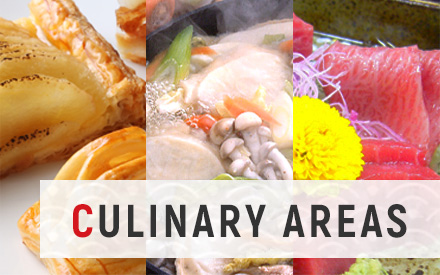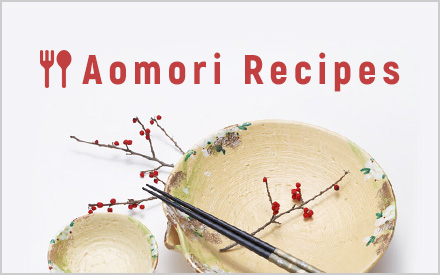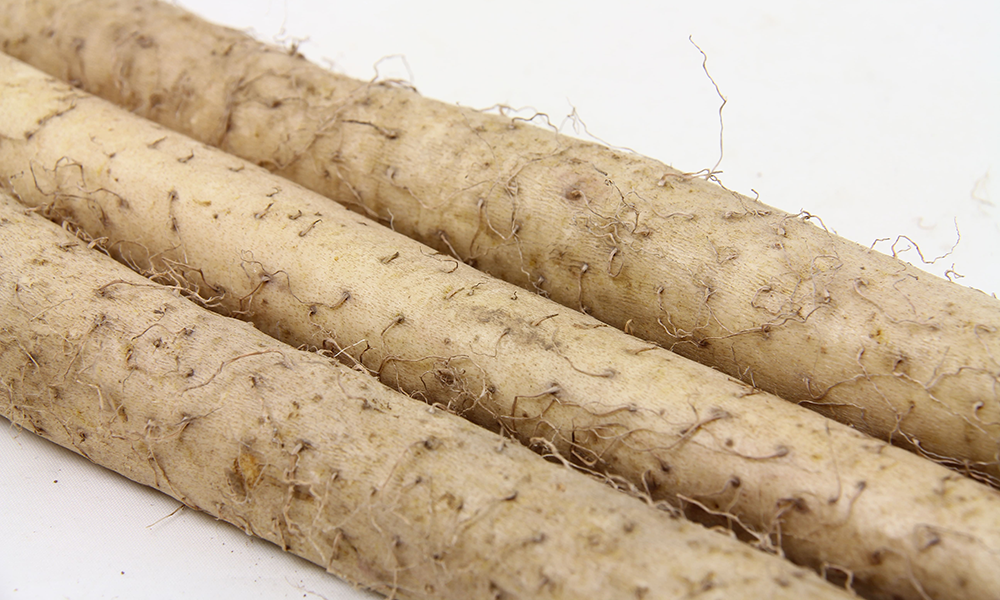
Characterized by its strong stickiness and unique flavor, “jinenjo” yam has long been prized as an herbal medicine from the mountains. In this issue, we introduce “Fukaura Shirakami Jinenjo Yam” cultivated by the Fukaura Shirakami Jinenjo Research Association in Fukaura Town.
The Fukaura Shirakami Jinenjo Research Association was formed to revitalize Fukaura Town by improving yam cultivation techniques, establishing diversified sales methods to meet consumer needs, and interacting with consumers.
Fukaura, the Westernmost Town in Aomori Prefecture
Fukaura, surrounded by the natural beauty of the World Heritage Site Shirakami Mountains and the Sea of Japan, is the westernmost town in Aomori Prefecture.
Fukaura snow carrot is a town’s specialty, with their fruity sweetness harvested from under the snow in extremely cold weather. Jienjo yam is another town’s speciality, also cultivated in the rich mountain soil of Fukaura.
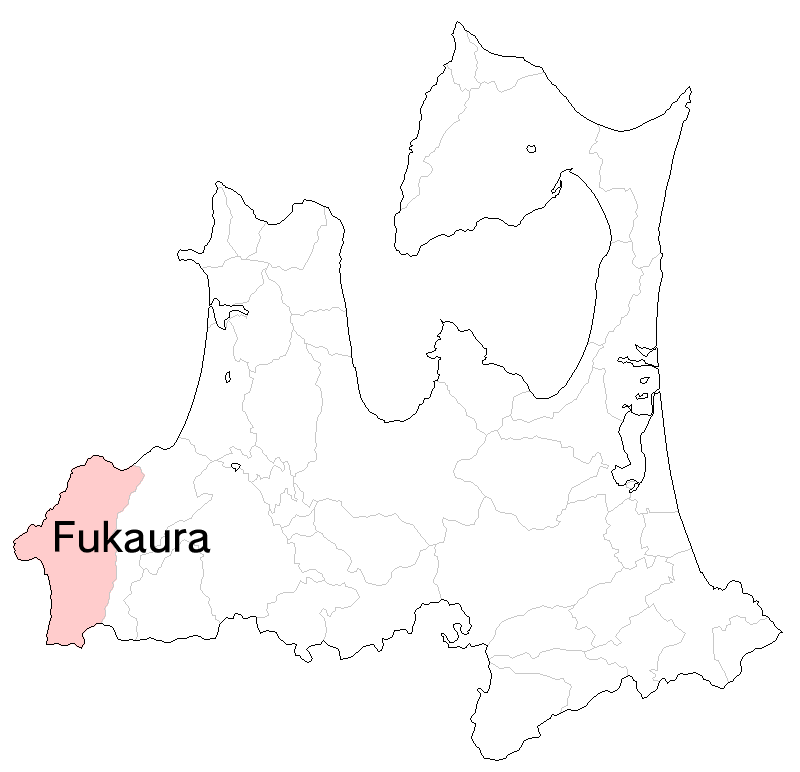
What is “Fukaura Shirakami Jinenjo Yam”?
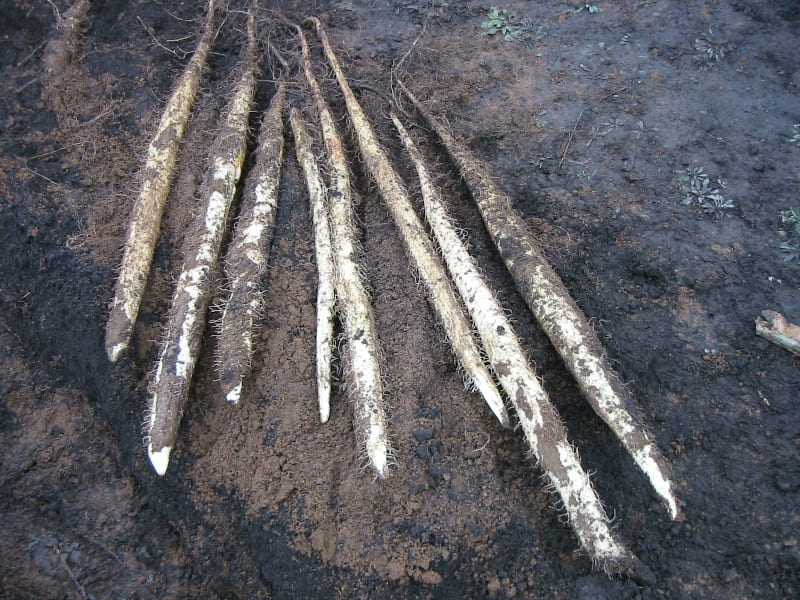
“Jinenjo yam” is a wild species of yam that have not gone through any breed improvements that are native to Japan, belonging to the genus yamanoimo, family yamanoimo. Because it is a native species, it is difficult to cultivate, and it took a long time before it became a specialty of Fukaura Town.
The jinenjo yam cultivated by the producers of the Fukaura Shirakami Jinenjo Research Association has the following characteristics.
Characteristic #1 “Stickiness”
Fukaura Shirakami Jinenjo yam is characterized by its strong viscousness.
It is so sticky that it does not easily fall off even when grabbed with chopsticks, and because it is harder than yam, it requires some work to grind in a mortar. However, the resulting grated yam is fluffy and delicious as it does not have any harshness or astringent taste.
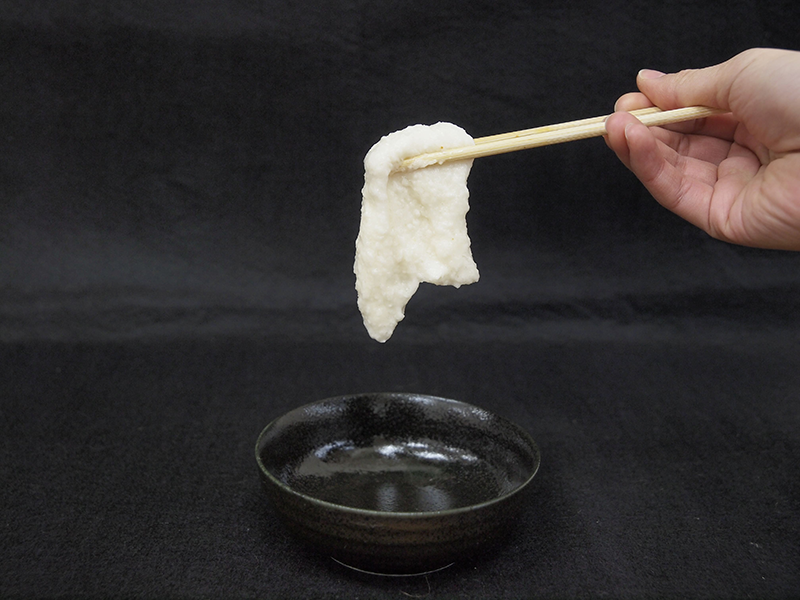
Characteristic #2 “Cultivation Environment”
Fukaura, located at the foot of the Shirakami Mountains and facing the Sea of Japan, has an environment that receives mineral-rich winds from the sea, allowing cultivation in a colder climate than the plains.
In addition, the mountain soil is rich in nutrients and other favorable soil conditions, which makes it possible to grow delicious Fukaura Shirakami jinenjo yam.
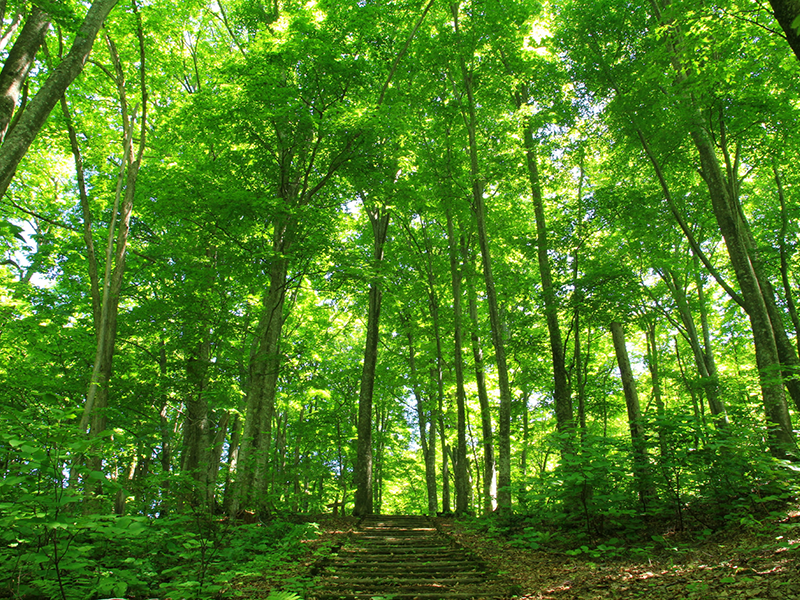
Fukaura Shirakami jinenjo yam is grown using a method known as case cultivation.
A case is placed in the soil, and mountain sand is placed inside the case to grow the jinenjo yam. This extra step allows the jinenjo yam to grow straight and upright. However, during their initial attempts to grow it, many malformed yams were harvested even when using the case, and not many could be sold.
Fukaura Shirakami Junenjo Research Association began research at the Fukaura Town Soil Analysis Laboratory to determine the cause of the deformed yams. They found that the cause was the mountain sand. After comprehensive research and improvement in the selection of the mountain sand and the amount of fertilizer, they succeeded in growing the present fine jinenjo yam. It is now a specialty of Fukaura Town.
How to Grow a Big and Long Jinenjo
Fukaura Shirakami jinenjo yam reaches about 300 kilograms of production per year. They grow to about 1.3 meters in size. Each one weighs an average of 700 grams, and about 800 are harvested annually.
In late April, “kiri-imo,” or cut seed yams, are made. From this cut seed, the seedlings grow for about two months until sprouts emerge.
In late June, the sprouted cut yams are put into cases and planted in the field.
In late July, after the rainy season is over, a sheet is stretched over the field. This sheet lowers the soil temperature in summer and prevents excessive humidity, thus promoting stable yam growth regardless of weather conditions.
From September to October, the jinenjo yam grows in size in the soil.
Harvesting takes place in late November, after which they are sold at supermarkets and other vegetable markets.
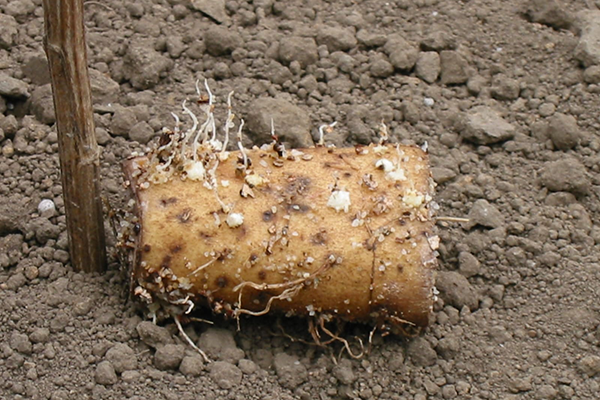
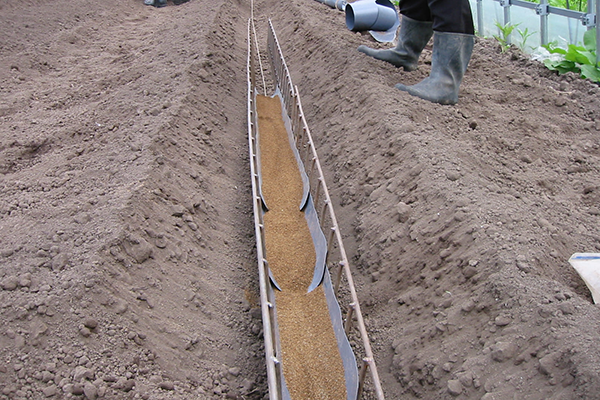
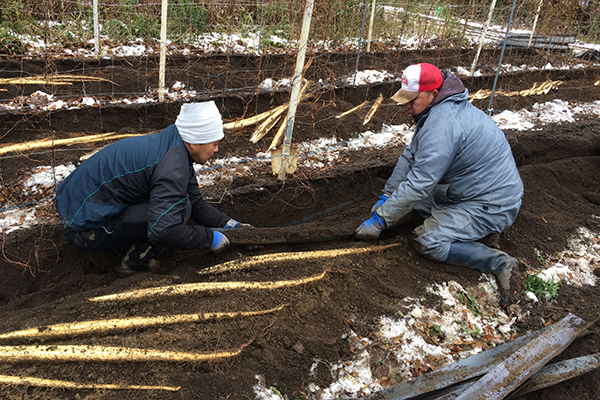
Best Way to Enjoy Jinenjo Yam
Because jinenjo yam contains digestive enzymes, it is recommended to eat it as grated yam without cooking. In particular, eating barley rice with grated jinenjo yam improves overall digestion. However, please note that jinenjo yam is extremely sticky, so it takes a lot of energy to grind it in a mortar!
